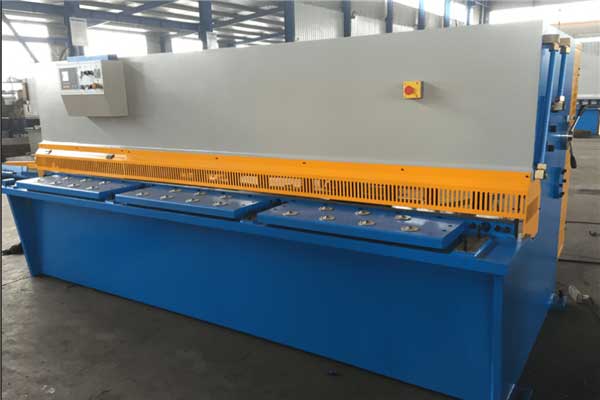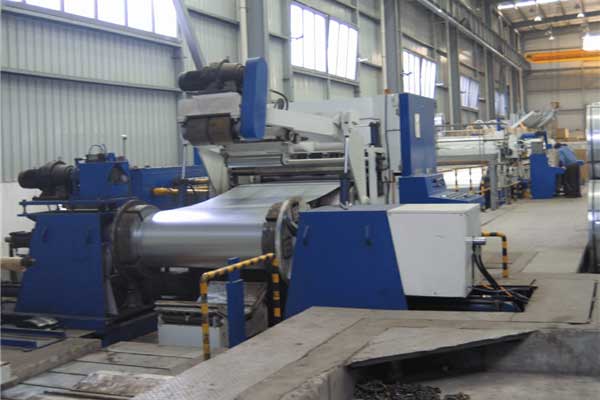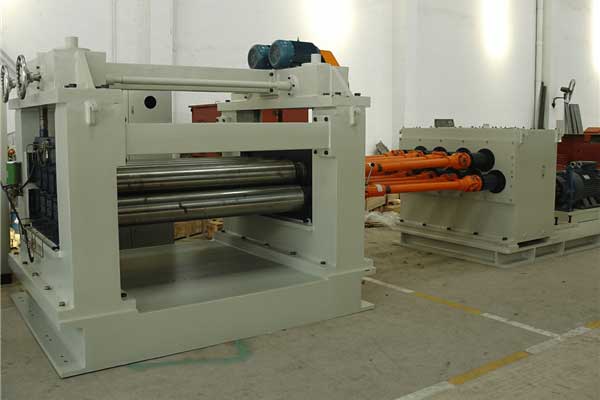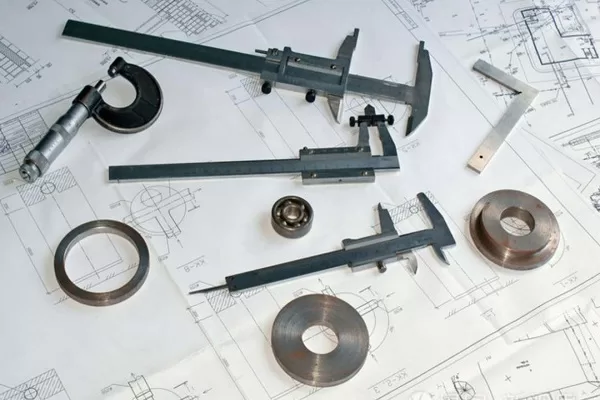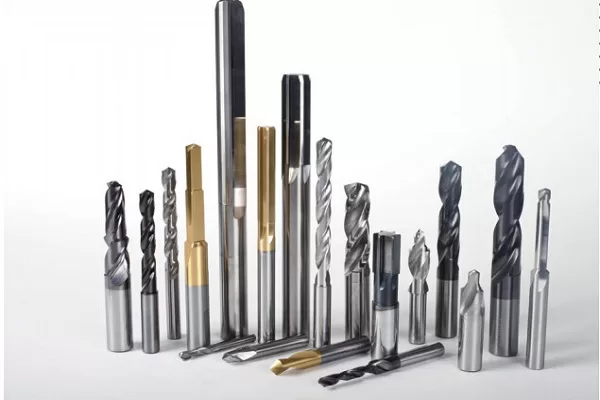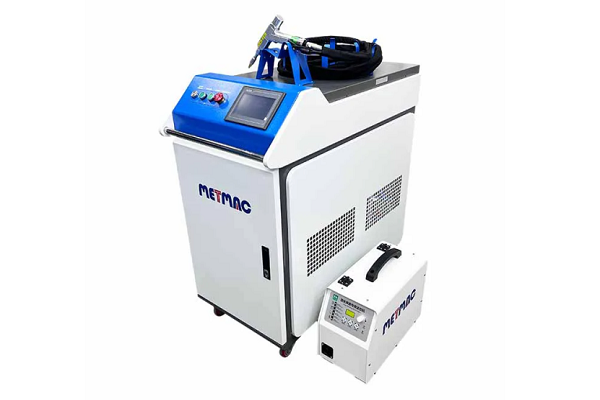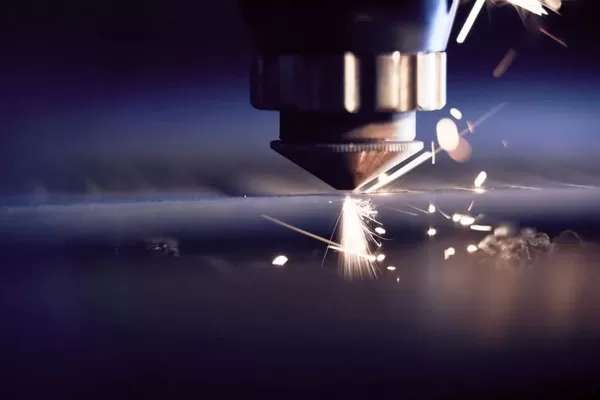
Brief Introduction of Sheet Metal Processing
- By:Metmac
- 2022-07-11
- 233
Generally speaking, the basic equipment of sheet metal process includes Shear Machine, CNC Punching Machine / laser, plasma, water jet cutting machine (Cutting Machine), bending machine (Bending Machine).
The four most important steps of the sheet metal process are shearing, punching / cutting, folding / rolling, welding, and surface treatment.Sheet metal is sometimes used to pull the metal. The word comes from the English platemetal. Generally, some metal sheets are punched by hand or die to produce plastic deformation to form the desired shape and size, and can be further processed by welding or a small amount of machining. The formation of more complex parts, such as chimneys, tin stoves, and car shells commonly used in homes are all sheet metal parts.
Metal plate processing is called sheet metal processing. For example, the use of plates to make chimneys, iron drums, oil tanks and oil pots, ventilation pipes, elbows, heads, rounded places, funnels, etc. The main processes are shearing, bending, buckling, bending, welding, riveting, etc. Certain geometric knowledge.
Sheet metal parts are sheet metal parts, that is, parts that can be processed by means of stamping, bending, stretching, etc. A general definition is parts with constant thickness during processing. Corresponding to castings, forgings, machined parts, etc. For example, the outer iron shell of a car is a sheet metal part, and some cabinets made of stainless steel are also sheet metal parts.
Modern sheet metal processes include: filament power winding, laser cutting, heavy processing, metal bonding, metal drawing, plasma cutting, precision welding, roll forming, metal sheet bending, die forging, water jet cutting, precision welding, etc.
The surface treatment of sheet metal parts is also a very important part of the sheet metal processing process, because it can prevent parts from rusting and beautify the appearance of the product. The surface pre-treatment of sheet metal parts is mainly to remove oil stains, oxide scale, rust, etc. It prepares for post-treatment of the surface, and the post-treatment is mainly to spray (bake) paint, spray plastic and rust-proof layer.
In the 3D software, Solid Works, UG, Pro / E, Solid Edge, Top Solid, CATIA, etc. all have a sheet metal part, mainly by editing the 3D graphics to obtain the data required for the processing of the sheet metal parts (such as the expanded view, bending Line, etc.) and provide data for CNC Punching Machine / laser, plasma, water jet cutting machine (Laser, Plasma, Water jet Cutting Machine) / combination machine (Combination Machine) and CNC bending machine (CNC Bending Machine), etc.
-
The Advantages of Using a Sheet Roll Forming Machine in Manufacturing
2024/09/14 -
How to Optimize Your Laser Sheet Cutting Machine for Maximum Performance
2024/09/12 -
How to Maximize Efficiency with Modern Sheet Metal Working Machines
2024/09/04 -
The Environmental Benefits of Using Duct Board Grooving Machines
2024/09/03
-
A Guide to the Latest Innovations in Sheet Metal Folding Machines
2024/11/29 -
Key Features to Consider When Investing in a Sheet Metal Folding Machine
2024/11/28 -
Enhancing Precision with Advanced Sheet Metal Folding Machines
2024/11/27 -
How to Choose the Right Sheet Metal Folding Machine for Your Workshop
2024/11/26
